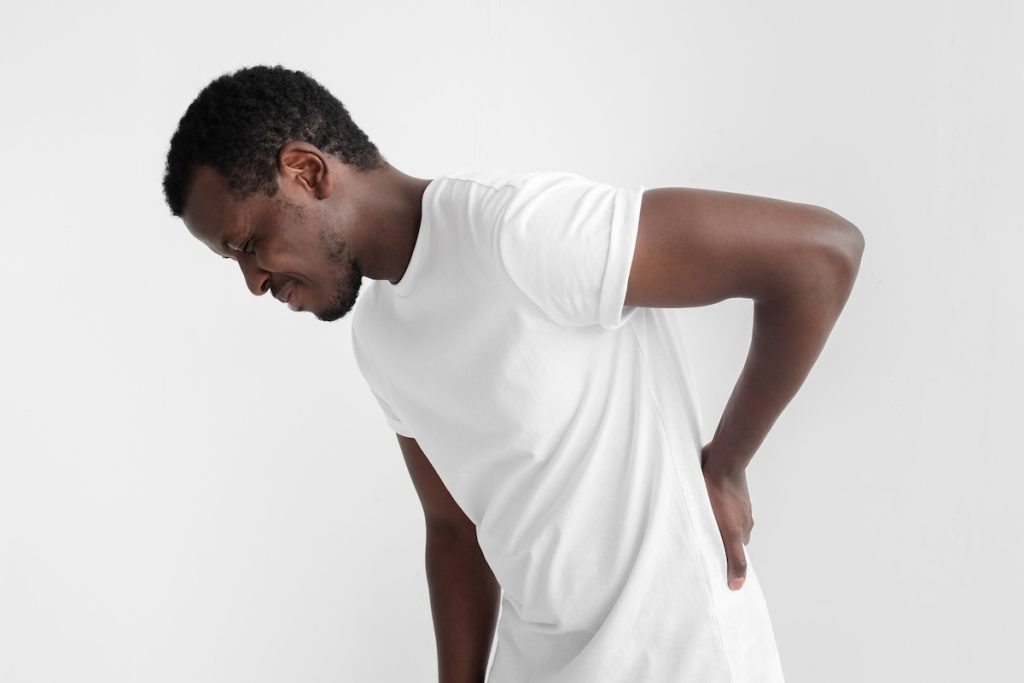
Early Signs of Spinal Stenosis
Catching spinal stenosis early is key to managing symptoms and preventing it from worsening. Here are some early signs of spinal stenosis:
Your general health and wellness is just as important as your spine’s health. Learn more about healthy habits, ways to reduce back or neck pain, and more below!

Catching spinal stenosis early is key to managing symptoms and preventing it from worsening. Here are some early signs of spinal stenosis:
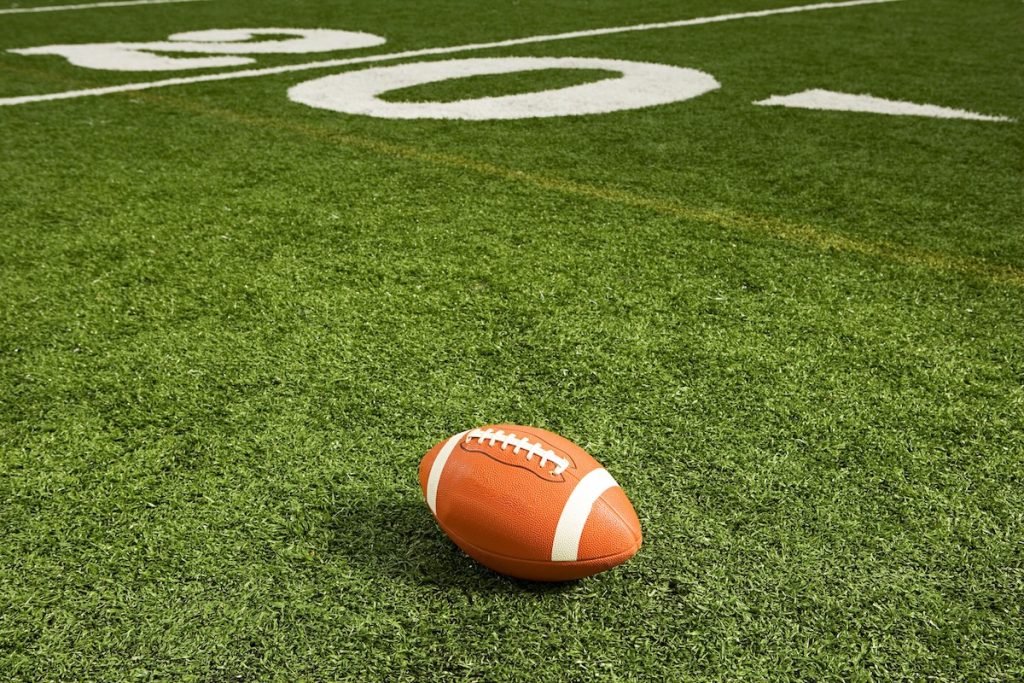
Participating in sports is one of the best ways to stay healthy and foster teamwork. However, many sports come with the risk of injuries, most specifically spine injuries. Here are the top 3 sports with the highest risk for spine injuries:
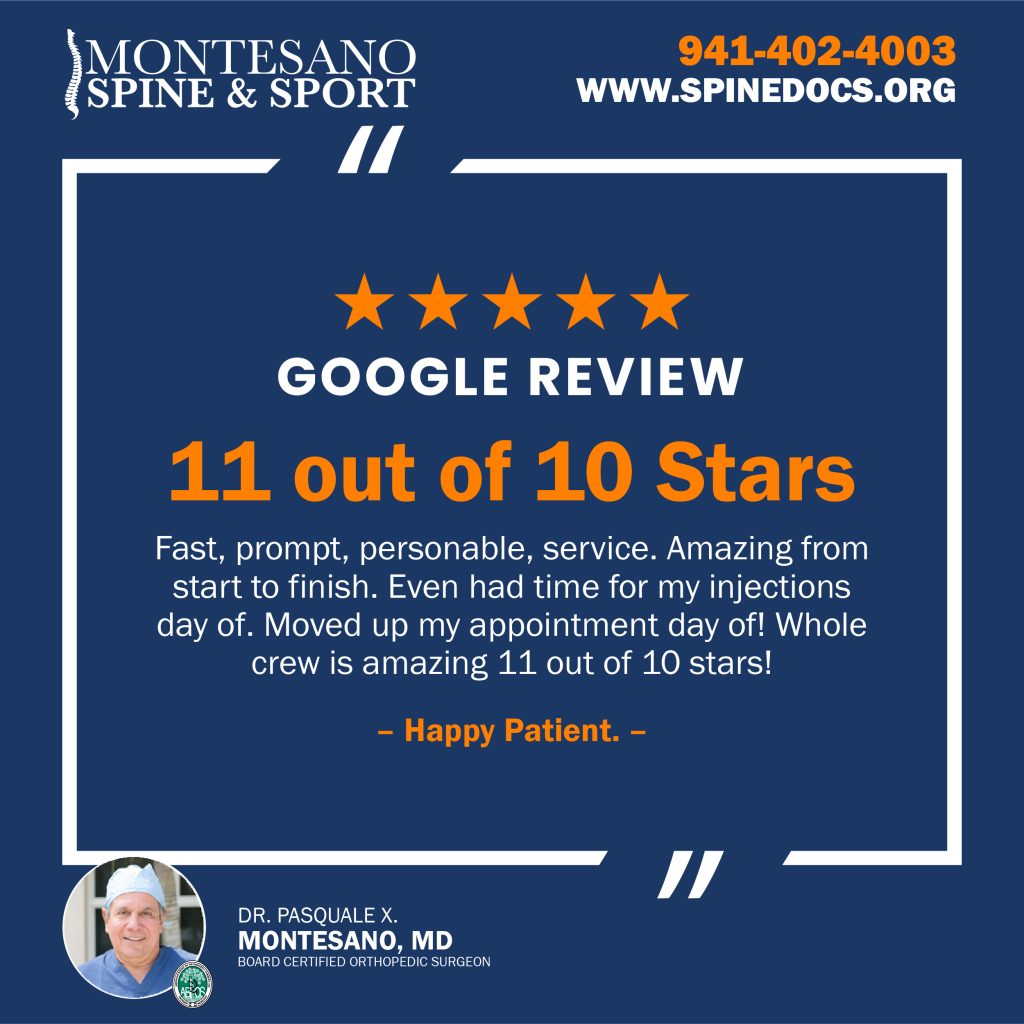
★ ★ ★ ★ ★ Google Review from a Happy Patient: “Fast, prompt, personable, service. Amazing from start to finish. Even had time for my injections day of. Moved up my appointment day of! Whole crew is amazing 11 out of 10 stars!” As a leader in surgical and non-surgical treatments for back and neck pain, make me your first call. At Montesano Spine and Sport, we strive to provide exceptional service and communication, as well as treatment plans tailored to your unique case, lifestyle, and needs. If you’re experiencing chronic or recurring back or neck pain and have yet to pinpoint its source or find an effective treatment, please schedule a consultation. Fill out the form below to schedule your first consultation with Montesano Spine and Sport. Do You Need Spine Surgery? Contact Montesano Spine & Sport to Schedule a Consultation Follow us on Facebook or Instagram
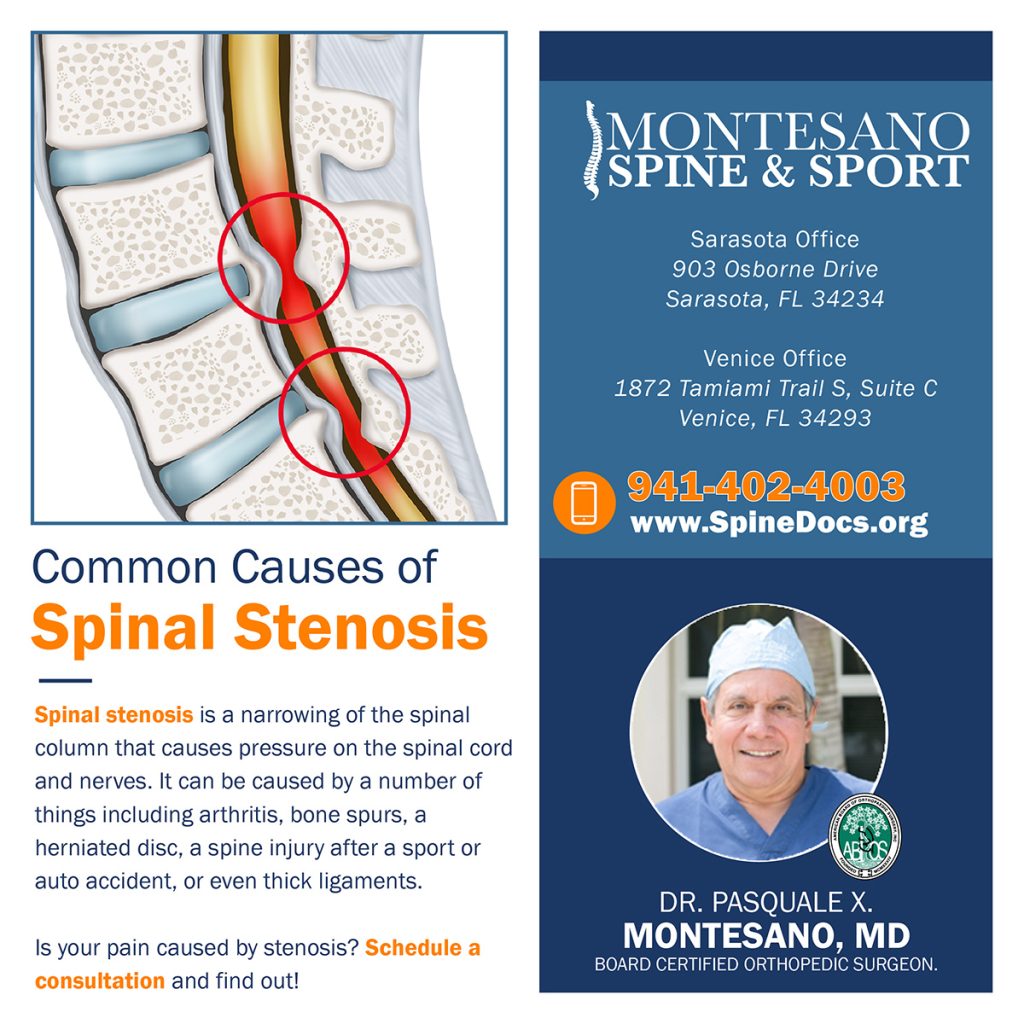
Have Spinal Stenosis? Contact Montesano Spine & Sport to Schedule a Consultation Follow us on Facebook or Instagram
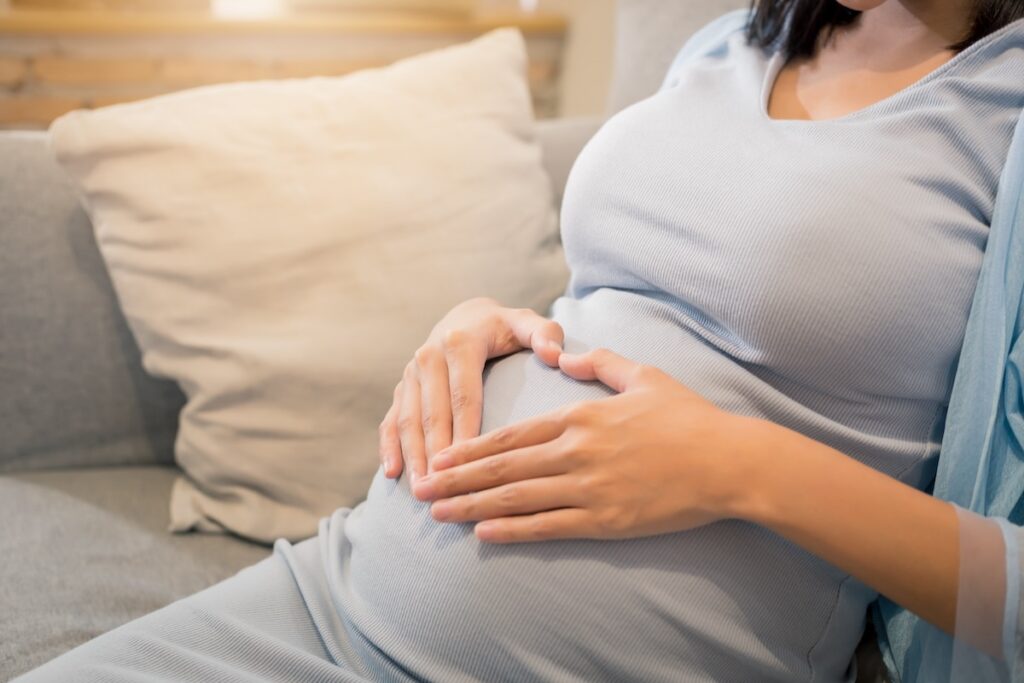
Pregnancy is an incredible life-changing experience; however, if you have scoliosis it may make your journey a little more difficult. Here are some ways you can manage scoliosis while pregnant:
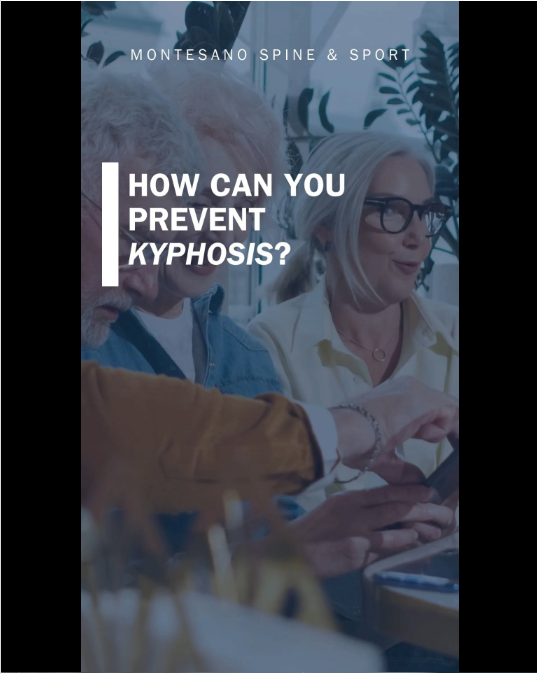
View this post on Instagram A post shared by SpineDocs (@spine_docs) (Part 2/2) Is it possible to prevent Kyphosis? Most of us will experience back pain in some form in our life. While kyphosis, like many spinal conditions, can happen to anyone, there are several ways to reduce your risk of developing this unwanted curvature. Were you recently diagnosed with kyphosis and want a second opinion on treatment options? Are you experiencing chronic back or neck pain? Please schedule a consultation and together we’ll get you back on track as we kickoff the new year. Call Montesano Spine And Sport at 941-402-4003 or fill out the form below to schedule your first consultation with Montesano Spine and Sport. Back or Neck Pain? Contact Montesano Spine & Sport to Schedule a Consultation Follow us on Facebook or Instagram
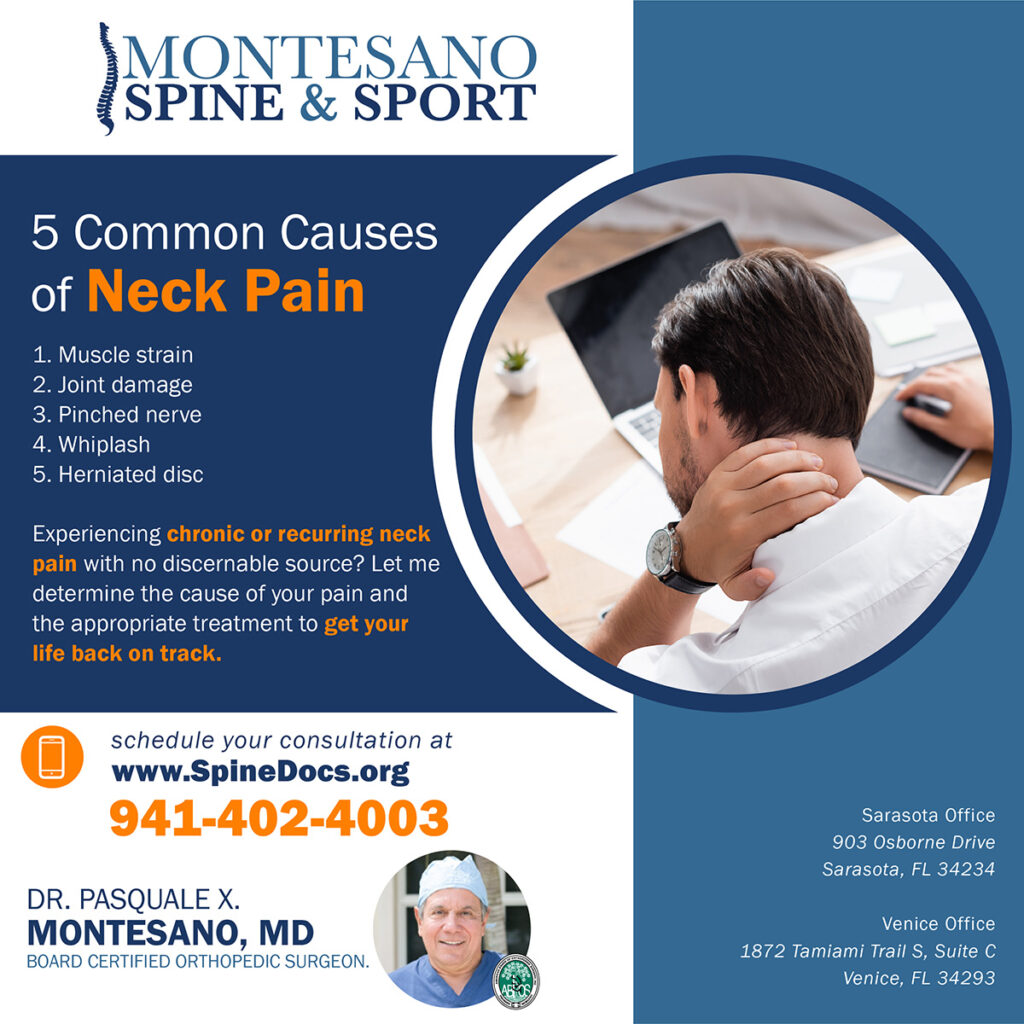
Experiencing Neck Pain? Contact Montesano Spine & Sport to Schedule a Consultation Follow us on Facebook or Instagram
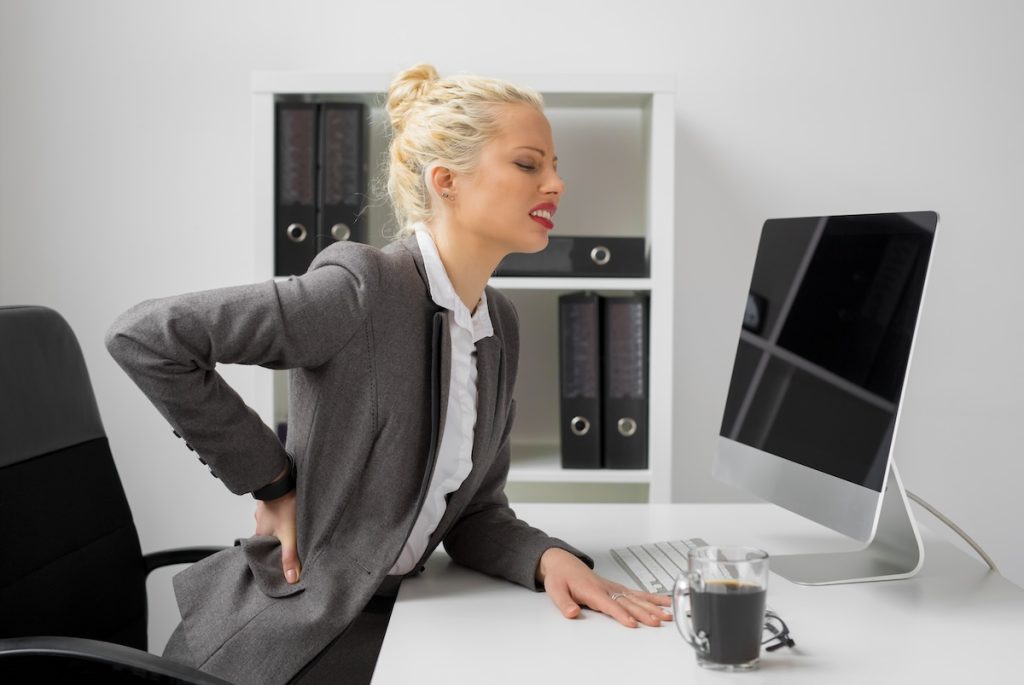
Dealing with sciatic nerve pain can be challenging, especially if you work at a desk all day. A poorly designed workspace can enhance pain. Here’s a little guide to creating a sciatica-friendly workspace that promotes comfort and helps to reduce pain:
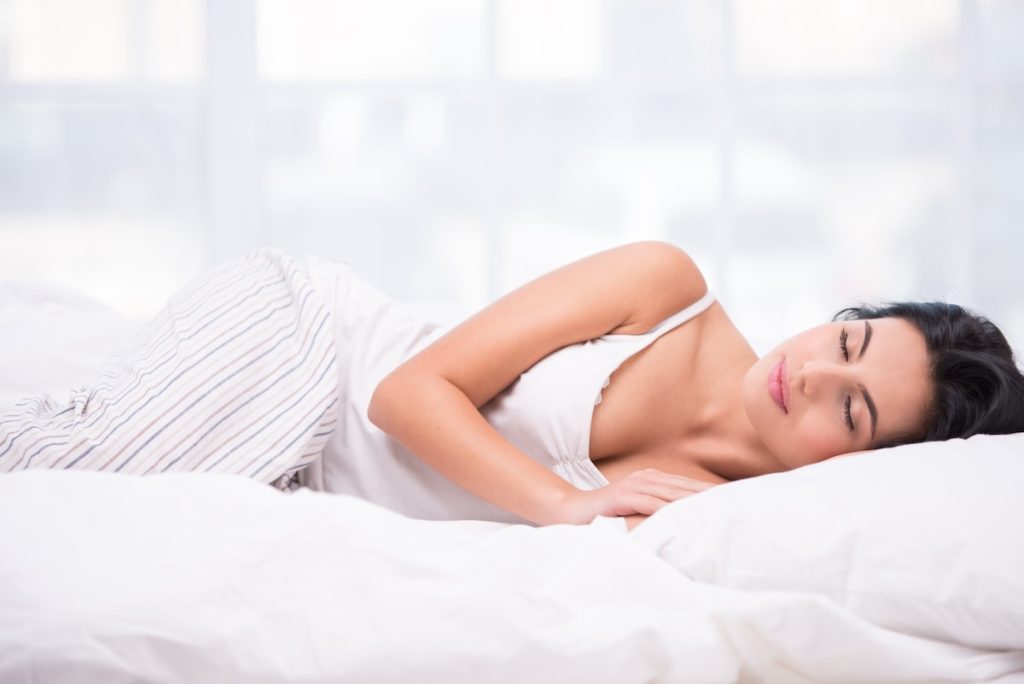
Key Points Spinal stenosis can often make getting a good night’s sleep difficult. Here are some sleeping techniques to help you combat spinal stenosis and get a good night’s sleep; Spinal stenosis can make it hard to sleep peacefully. That deep, nagging pain in your lower back or the numbness in your legs often gets worse when you’re lying down. I’ve helped many patients manage nighttime pain by adjusting how they sleep. In this blog, I’ll explain proven sleeping techniques that can help reduce pressure on the spine, ease nerve irritation, and promote deeper rest. What Is Spinal Stenosis? Spinal stenosis is a condition where the spaces in your spine narrow, putting pressure on the spinal cord or the nerves. It commonly occurs in the lower back (lumbar stenosis) or neck (cervical stenosis). People with spinal stenosis often report: These symptoms tend to get worse at night, especially if your sleeping position adds pressure to the affected areas. Why Sleep Matters for People with Spinal Stenosis Quality sleep gives your spine a chance to recover. Lying down relieves the gravitational pressure placed on your vertebrae during the day. But if your mattress or sleeping position doesn’t support your spine correctly, you may wake up feeling worse not better. Best Sleeping Positions for Spinal Stenosis The right position can relieve nerve compression and improve circulation. Let’s go over the best positions for sleeping with spinal stenosis. 1. Fetal Position (Side-Sleeping with Knees Bent) This is one of the safest and most effective positions for spinal stenosis. Curling into a fetal position opens up the spinal canal and reduces pressure on nerves. Tips: 2. Reclined Sleeping Position People with lumbar spinal stenosis often feel better while sitting—because flexing forward opens the spinal space. Reclining mimics this. Options: 3. Sleeping on Your Back with Knee Support If you’re not a side-sleeper, you can still sleep on your back—as long as your knees are supported. Instructions: How to Sleep in This Position: This position is especially helpful for people with lumbar stenosis. Reclined Sleeping Position Many patients with spinal stenosis say they feel better when sitting in a reclined position. That’s because leaning back naturally opens up the spinal canal, reducing pressure on nerves. How to Achieve This Position: This position mimics the effect of forward flexion, which often brings relief. Back Sleeping with a Pillow Under the Knees If you prefer sleeping on your back, this method can reduce strain on the lumbar spine by keeping your legs slightly elevated. Steps to Follow: This posture distributes your body weight more evenly and reduces the inward curve of your lower spine. Sleeping Positions to Avoid Some sleeping positions can make spinal stenosis symptoms worse. These include: Stomach Sleeping Sleeping on your stomach forces your neck into rotation and arches your lower back, which can put extra pressure on the nerves. Back Sleeping Without Knee Support Without a pillow under your knees, your lumbar spine may sag, increasing pain and discomfort. How to Choose the Right Mattress for Spinal Stenosis The right mattress can help you maintain neutral spinal alignment while sleeping. Here’s a comparison of common mattress types: Mattress Comparison Table Mattress Type Suitable for Spinal Stenosis? Description Memory Foam Yes Contours to the body, reduces pressure Latex Yes Firm and supportive, naturally cooling Hybrid (Foam + Coil) Yes Combines contouring and responsive support Innerspring Only No Often lacks consistent support over time A medium-firm mattress is usually the best choice for people with spinal conditions. Best Pillow Techniques for Neck and Back Support Your pillow plays a big role in spinal alignment especially if you sleep on your side or back. Recommended Pillows: Avoid overly soft or thick pillows that elevate your head too much. Bedtime Habits That Support Spine Health Good sleep posture is important but so is your bedtime routine. These habits can help your muscles relax and improve sleep quality. What to Do: What to Avoid: When Should You Talk to a Spine Specialist? If changing your sleep position and routine doesn’t reduce your pain, it may be time to consult a spine specialist. Warning signs include: In some cases, non-surgical treatments like physical therapy, medications, or epidural injections may help. For advanced stenosis, surgical decompression may be recommended. Conclusion If you have spinal stenosis, don’t overlook how you sleep. The right sleeping posture, mattress, and bedtime habits can help reduce symptoms and improve your quality of life. It may take some trial and error to find what works best for you, but the relief is worth the effort. Let your spine rest, heal, and recharge overnight so you can move through your day with less pain and more freedom. Helpful Resources and References
Dr. Pasquale X. Montesano is the principal Orthopedic Spine Surgeon at Montesano Spine & Sport. He holds a Bachelor of Science from Siena College and a medical degree from New York Medical College.
With extensive postgraduate training, Dr. Montesano has earned multiple awards, including the Volvo Award in Clinical Science (1998) and the Howmedica Spinal Fixator Grant (1989). He is a Diplomate of the American Board of Spine Surgery Society, a Fellow of the American Academy of Orthopaedic Surgeons, and a Member of the American College of Forensic Examiners.
Helping patients regain function and comfort from serious spine conditions.
We’ll review your medical history, receive a neurological exam, and explore treatment options with a clear understanding of risks and benefits.
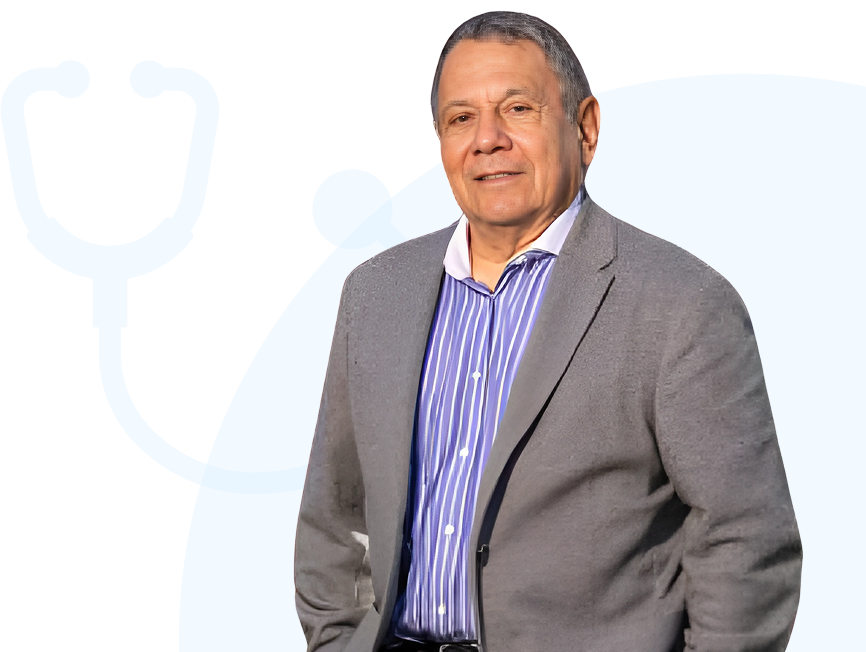

Sarasota Laser & Spine Center Office and Montesano Wellness Center
903 Osborne Drive Sarasota, FL 34234
Venice Office
1872 Tamiami Trail S, Suite C
Venice, FL 34293
4362 Northlake Blvd
Suite 209
Palm Beach Gardens, FL 33410
Tel: (561) 345-2299
EAST Phone/Fax Numbers:
(All Locations)
Scheduling:
Fax: (941) 214-9595
WEST Mailing Address:
10161 Park Run Drive, Suite 150
Las Vegas, NV 89145
WEST Phone/Fax Numbers:
P: 702-723-2200
F: 702-723-2201
Copyright © 2025. Montesano Spine & Sport. Designed by Marketaspex.